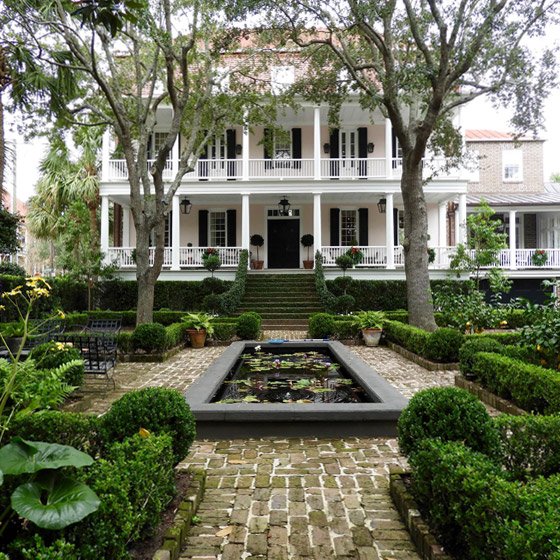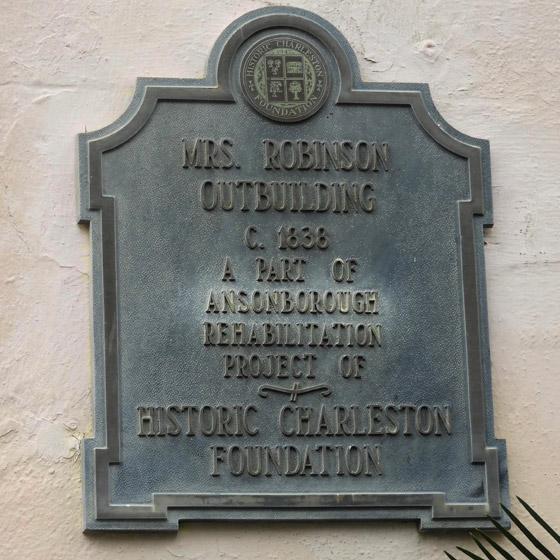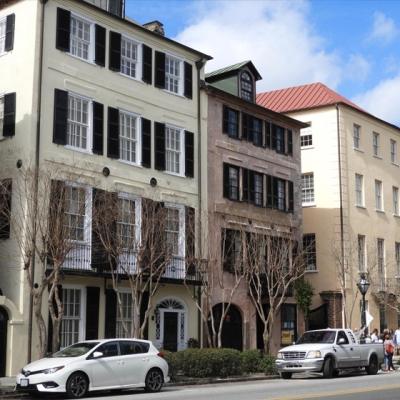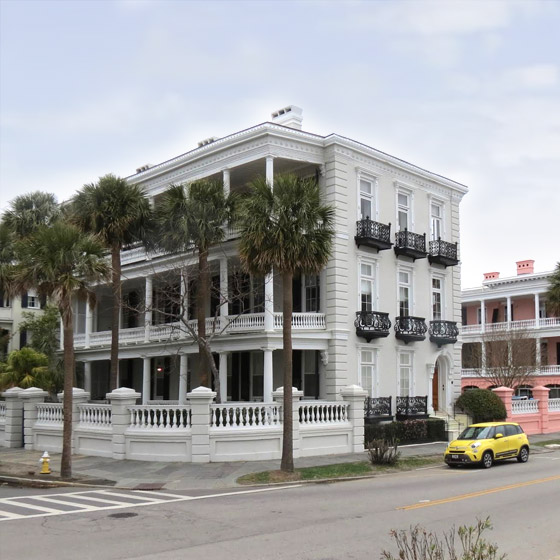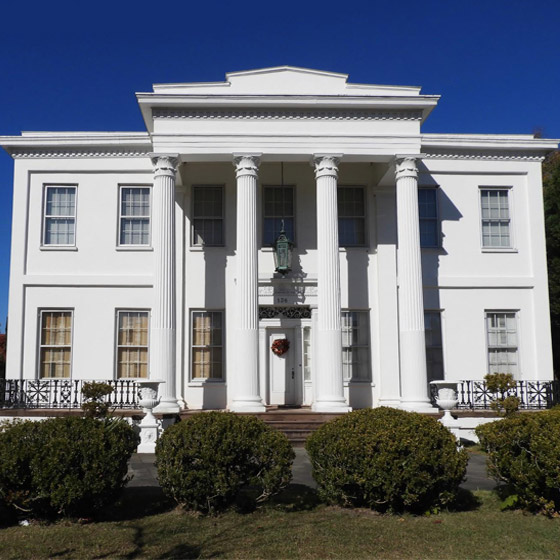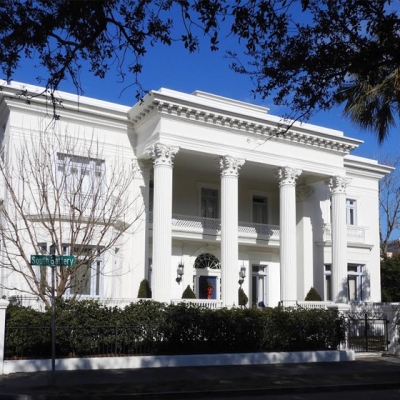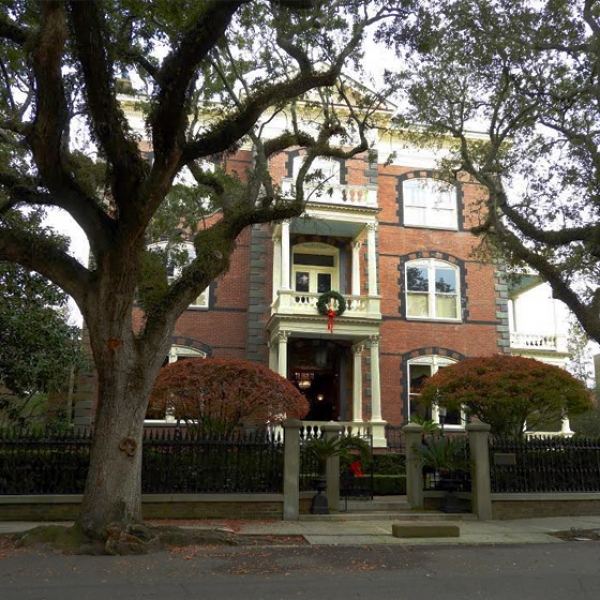The house at 82 Anson Street in Ansonborough is one of the few buildings that escaped the 1838 fire that destroyed many of the structures in this area. This house was built about 1799, and the interior retains its original Federal style features.
A wealthy merchant with his home on Meeting Street, Josiah Smith built this hosue for his daughter Mary Smith. Mary never married; she died in 1832 and left the property to her nieces and nephews. The house remained in the family until a few years after the Civil War.

